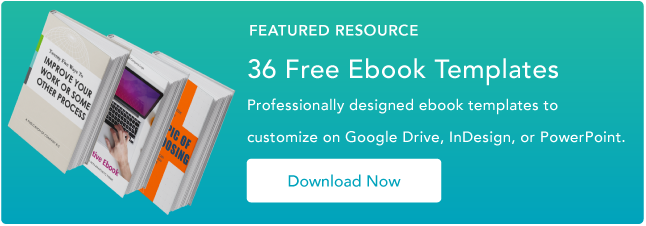The 5 Best Ebook Formats for Marketers [Free Templates]
You may just be getting started with ebook creation as a marketing tool or reconsidering the role of ebooks in your existing content strategy.
Regardless of where you are in the process, you’re likely asking yourself an important question: What are the best ebook formats for your marketing library? This is a valid question because the ebook format you choose will determine the success of your efforts.
Here, we’ll cover all ebook formats and how to choose the best one for your project. We’ll also explain how HubSpot’s ebook templates can help you achieve your marketing team’s lead generation goals.
Ebook Formatting Templates
First up, download our kit of ebook templates so you can get an idea of the ebook formats that are available to you.
Featured Resource: 36 Free Ebook Formatting & Creation Templates
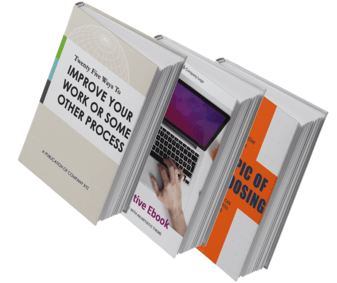 Download Your Free Ebook Templates
Download Your Free Ebook Templates
Our collection of 36 free ebook templates will help you create and format your ebook content for an incredible reader experience in Microsoft PowerPoint, Adobe InDesign, and Google Slides. You can format your ebooks to best suit the needs of your marketing team and the preferences of your content readers.
Best Ebook Formats for Content Creation
If you’re a content creator, here are the ebook formats you should consider first.
1. Adobe InDesign
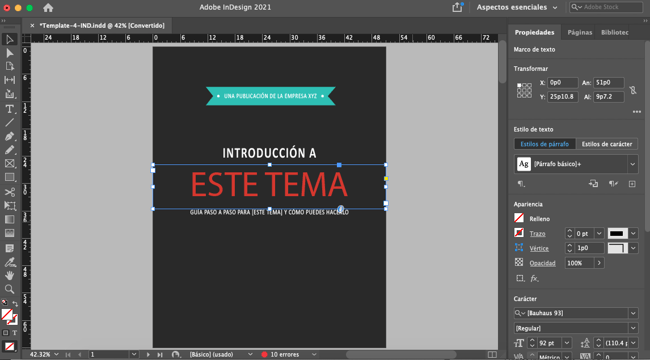
Adobe’s advanced design software gives content creators a myriad of options for creating and formatting their ebooks.
These advanced features do come at a price, but experienced marketing designers rely on Adobe InDesign because of those features.
Click Here to Download 6 Adobe InDesign Ebook Templates.
Pros
Adobe is known for being feature-rich. As a result, you can expect your ebooks to look their best when made with InDesign, as you’ll be able to create and incorporate original design elements right into your document.
Cons
For an inexperienced designer or the marketer who just needs to release a serviceable ebook, the bells and whistles that InDesign offers might not be necessary. InDesign’s interface and usability aren’t the most straightforward and could require you to put in more effort than is needed for your final deliverable.
2. Google Slides
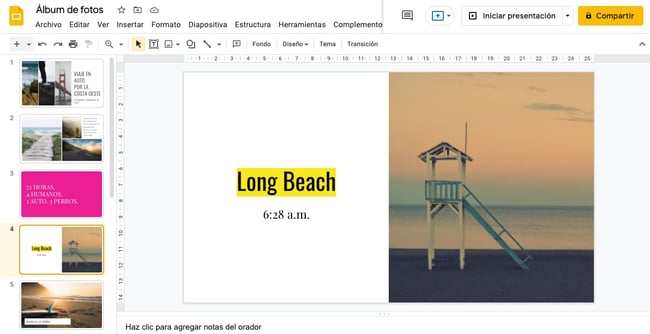
Google Slides is a simpler tool for making an ebook compared to InDesign. The fact that the ebook lives online means you can collaborate in real-time with your team members to make a fantastic deliverable. Oh — and it’s free, which is helpful if you have a limited marketing budget.
Click Here to Download 6 Google Slides Ebook Templates.
Pros
Google Slides is a great tool for marketers who need to make a good ebook quickly, especially if you’re working alongside team members and sourcing feedback from them. Google Slides’ interface is arguably more straightforward than InDesign’s, meaning you can move and edit creative elements faster if you’re new to both tools.
Cons
Because Google Slides is primarily a presentation tool rather than an ebook creation tool, you may miss out on some necessary features that would help make your ebooks attractive enough to warrant your leads’ attention.
Conversely, you might need to make design elements elsewhere, such as an Adobe software tool or Canva, and later import these creative elements into your Google Slides deck. This could create an inconsistent creation experience if you need to track down design elements after you’ve created them.
3. Microsoft PowerPoint
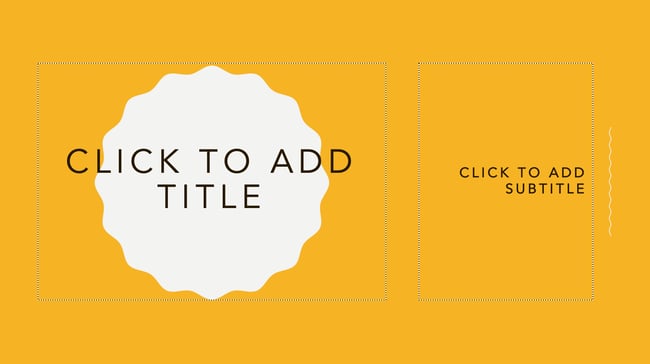
A slightly more advanced option than Google Slides — but not quite as advanced as Adobe software — PowerPoint is another presentation-making platform that can be used to design an ebook.
Pros
PowerPoint has some features that Google Slides doesn’t, such as better effects for designing. PowerPoint is also an offline software, meaning you can build your ebooks without Wi-Fi.
Cons
PowerPoint is a paid software instead of a free tool available in Google Workspace. You also won’t be in sync with your team if you’re collaborating with them on edits and additions. Lastly, while it has better creative features than Google Slides, it doesn’t come close to the advanced features of InDesign.
Click Here to Download 6 Microsoft PowerPoint Ebook Templates.
Best Ebook Formats for Consumption
The ebook formats in this section are best for content consumption as you can embed links, mimic a real book, and spice up your content. The formats include:
1. Interactive PDF
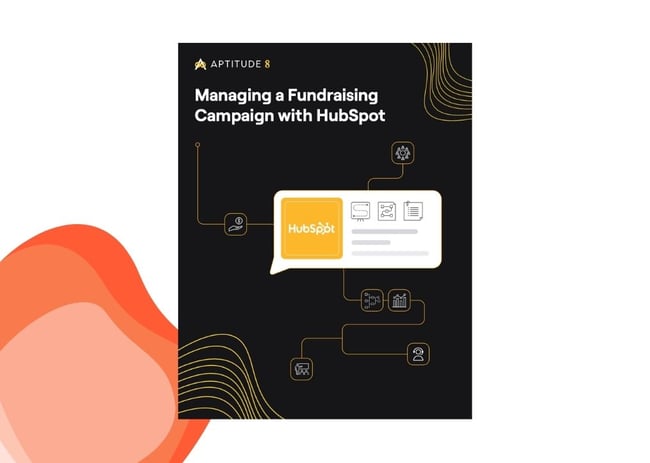
The best ebook format for ebook consumption is an interactive Portable Document Format (PDF).
PDFs are the go-to option for content marketing ebooks for many reasons. Among them are the consistency of their design and readability on different devices.
We at HubSpot use PDFs for our ebooks because we can embed links to relevant pages and sources in them. We can also upload them right into our content library and trust that the design will appear as intended, even if our leads open the ebook in Chrome, Safari, or Preview. The document will also appear the same if they open it on their phones or on a desktop device.
The interactive nature also means we can include an open text box for readers to complete an activity in the book (like in our Content Marketing Workbook). Another plus? Readers can complete the activity in whatever application they’re consuming the content.
2. EPUB
EPUB, short for electronic publication and saved with a “.epub” file extension, is another way for you to save your ebooks.
EPUBs rose in popularity after becoming a prominent ebook format for e-readers. But, given its accessibility on Apple macOS and iOS products via Apple Books, the format is also a viable — though somewhat limiting — option for content marketing ebooks.
One unique feature of the .epub file format is its scroll ability. To mimic the reading of an actual book, readers can view one page at a time and must scroll or swipe horizontally. That’s in contrast to vertical scrolling with PDFs. The epub format gives your readers the feeling of reading a book as opposed to interacting with website content. However, this also means readers might have to do more work navigating the content and finding the information they need.
Additionally, video and audio files can be embedded in the .epub format, unlike PDFs, which means your readers can consume more interactive content without leaving the ebook.
If you’re tired of the PDF option and want to spruce up your content format, you can save your InDesign ebooks as a .epub file. Just be prepared for some readers being unable to read your content, which is something you likely don’t want to be the case. This is because the format is limited. For example, Amazon Kindle devices can’t read .epub files. Readers will have to convert your ebook into another format if they want to read it on their Kindles.
How to Choose the Right Ebook Format
The ebook format you choose directly affects how your ebook performs after publication. Here are a few tips to help you choose the correct one for your project for best results.
1. Consider your target audience.
Who are your consumers? This is the first question you need to answer before choosing an ebook format. Your content needs to be accessible to your readers. For example, if you’re targeting a huge audience, you’ll need to consider an ebook format compatible with several digital devices.
2. Decide how you’ll market your ebook.
How you plan to market your ebook is also a significant factor when choosing a format. When it comes to selling an ebook, you’ll be self-publishing because you need to quicken up the process. You can do so either on your own site, or on a platform such as Amazon.
Self-publishing means you get to use your resources to market your ebook. Therefore, you’ll need a way to reach a huge audience, which may mean using an ebook format like AZW that’s compatible with different platforms. This will give you the highest level of flexibility in terms of the number of platforms that your audience can comfortably read your book.
3. Consider the nature of your ebook.
Another factor you need to consider when deciding on the best ebook format is its nature. Is it mostly words, or will there be graphics and images? Will you be adding helpful practical digital products like Google Sheets that readers will need to download? All of this will determine the best ebook format for your project. If possible, come up with a list of all the different types of content that your ebook will contain to ensure the ebook format you choose supports all of them.
If you’re selling an ebook containing digital images and illustrations with sound or video, you’ll need a format that supports these features. For example, the EPUB format supports videos, color images, and other interactive elements, while MOBI doesn’t.
Avoid the temptation of assuming what an ebook format will look like once you’re done. Sometimes, the end product can be very far from what you expect it to be, and correcting it will be expensive. Inquire and do thorough research on all features before settling for any format.
4. Consider the security or privacy of your ebook.
Writing an ebook from start to finish takes a lot of time and energy, so the last thing you want is everyone editing it once it’s released. This can have several implications for your brand. For example, your audience may end up receiving false information about your project, and the false content may give undesired results. If they’re editable materials in your ebook, ensure there is a way for the reader to create a separate document first to avoid editing the entire document. This also protects your readers’ privacy by preventing them from unknowingly filling in their personal information on a public document.
You also want to ensure the security of your ebook by preventing illegal sharing, printing, and copy-pasting. This is especially crucial for high-ticket ebooks, as it limits readers from sharing your content for free. If limiting sharing is important to you, it’s advisable to use a format like EPUB that’s protected by Digital Rights Management (DRM). The latter locks files in a particular platform and protects them from illegal sharing.
5. Think about the budget.
If you have two or more ebook formats that work well with your project, the best way to break the tie is to consider the cost. How much will it cost you to launch your ebook using each format? Is it feasible? In addition, consider how much it would cost if you wanted to expand. The best ebook format is cost-friendly at the beginning and in the long run. If it’s cheap initially but limits your growth, it’s not worth it. A good ebook format should not only make launching your product easier, but it should also be cost-friendly when you decide to expand.
Choose the right ebook format and get started.
There are several ebook formats in the market that are popular for publishing ebooks. However, like everything else in business, what works for one publisher might not be the best option for another. Take your time and research the features every format offers and see which one best fits your project.
In addition, consider the cost, the kind of content your ebook has, and most importantly, the delivery method that works best for your audience.
Editor’s note: This post was originally published in December 2020 and has been updated for comprehensiveness.
![]()



